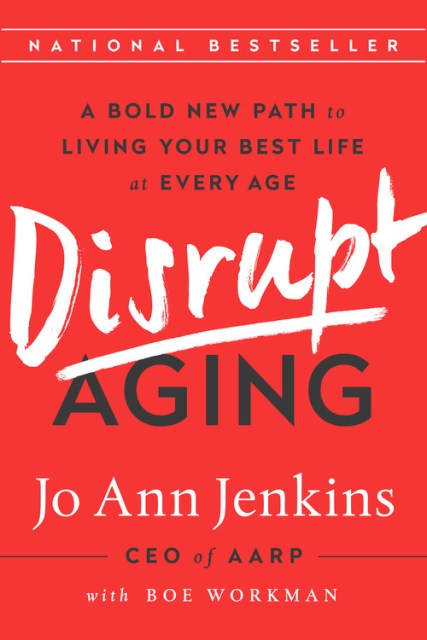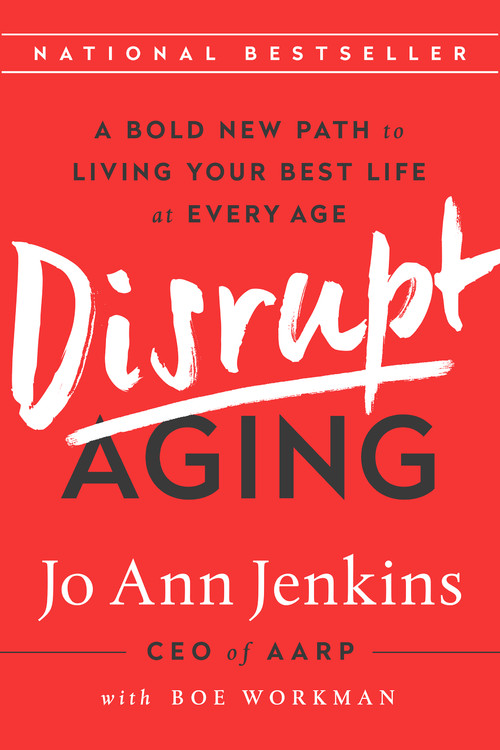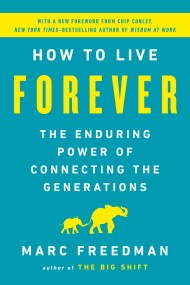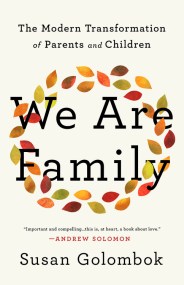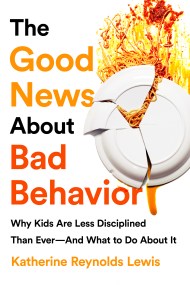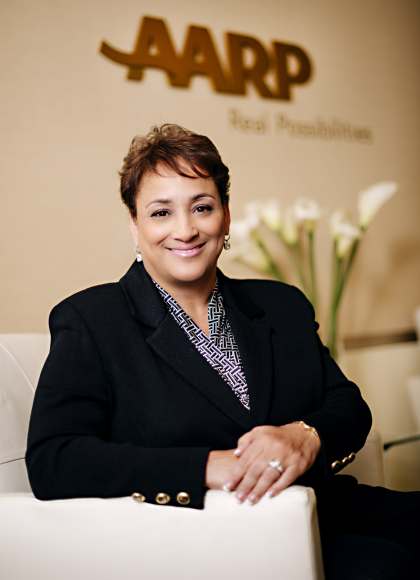Promotion
Use code BEST25 for 25% off storewide. Make sure to order by 11:59am, 12/12 for holiday delivery!
By clicking “Accept,” you agree to the use of cookies and similar technologies on your device as set forth in our Cookie Policy and our Privacy Policy. Please note that certain cookies are essential for this website to function properly and do not require user consent to be deployed.
Disrupt Aging
A Bold New Path to Living Your Best Life at Every Age
Contributors
Formats and Prices
- On Sale
- Apr 10, 2018
- Page Count
- 288 pages
- Publisher
- PublicAffairs
- ISBN-13
- 9781610397742
Price
$16.99Price
$22.99 CADFormat
Format:
- Trade Paperback $16.99 $22.99 CAD
- ebook $10.99 $13.99 CAD
This item is a preorder. Your payment method will be charged immediately, and the product is expected to ship on or around April 10, 2018. This date is subject to change due to shipping delays beyond our control.
Buy from Other Retailers:
We’ve all seen the ads on TV and in magazines-“50 is the new 30!” or “60 is the new 40!” A nice sentiment to be sure, but CEO of AARP Jo Ann Jenkins disagrees. 50 is 50, and she, for one, likes the look of it.
In Disrupt Aging, Jenkins focuses on three core areas-health, wealth, and self-to show us how to embrace opportunities and change the way we look at getting older. Here, she chronicles her own journey and that of others who are making their mark as disruptors to show readers how we can be active, healthy, and happy as we get older. Through this powerful and engaging narrative, she touches on all the important issues facing people 50+ today, from caregiving and mindful living to building age-friendly communities and making our money last.
This is a book for all the makers and doers who have a desire to continue exploring possibilities, to celebrate discovery over decline, and to seek out opportunities to live the best life there is.
-
"A brilliant and compelling new look at the future of aging."Joseph F. Coughlin, PhD, director, Massachusetts Institute of Technology Age Lab
-
"In Disrupt Aging, Jenkins offers the generational call to action we've been waiting for: to break free from outmoded ideas about age, to embrace the rich possibilities present in the decades opening up beyond fifty, and to join a growing movement of individuals determined to live lives infused with purpose. Beautifully written, full of humor and inspiration, and powerfully argued, this book offers the definitive map for making the most of the longevity revolution, as individuals and as a nation."Marc Freedman, founder and CEO, Encore.org, and author of The Big Shift
-
"Jo Ann Jenkins believes that age and experience can expand life's possibilities for all of us. In this personal and thought-provoking book, she inspires us to seize the opportunities that longer lives give us and to embrace aging as something to look forward to, not something to fear."Jeff Gordon, four-time NASCAR Cup Series Champion
-
"In Disrupt Aging, Jo Ann Jenkins lays out a game plan for living your best life regardless of your age."Dan Marino, former NFL quarterback
-
"Jo Ann's Disrupt Aging is spot on: every single year is a gift. By confronting the most common stereotypes about aging, this book will help us all live each year to the fullest."Sheryl Sandberg, COO, Facebook, and founder, LeanIn.org
-
"Jenkins has written a playbook for improving life for adults at any age, pointing the way to the freedom to choose, earn, learn, and pursue happiness. With a positive outlook and many creative suggestions, this straightforward book will be an inspiration to boomers and millennials."Booklist
-
"Jo Ann Jenkins doesn't just challenge the stereotypes of aging, she reduces them to rubble, showing that our later years can be just as productive, meaningful, and purposeful as our primary working years. With inspiring stories of people redefining what it means to grow older, Disrupt Aging is for anyone who insists on living a life of connection, engagement, expansion, and possibility--at any age."Arianna Huffington, cofounder, president, and editor-in-chief, Huffington Post Media Group
Newsletter Signup
By clicking ‘Sign Up,’ I acknowledge that I have read and agree to Hachette Book Group’s Privacy Policy and Terms of Use
